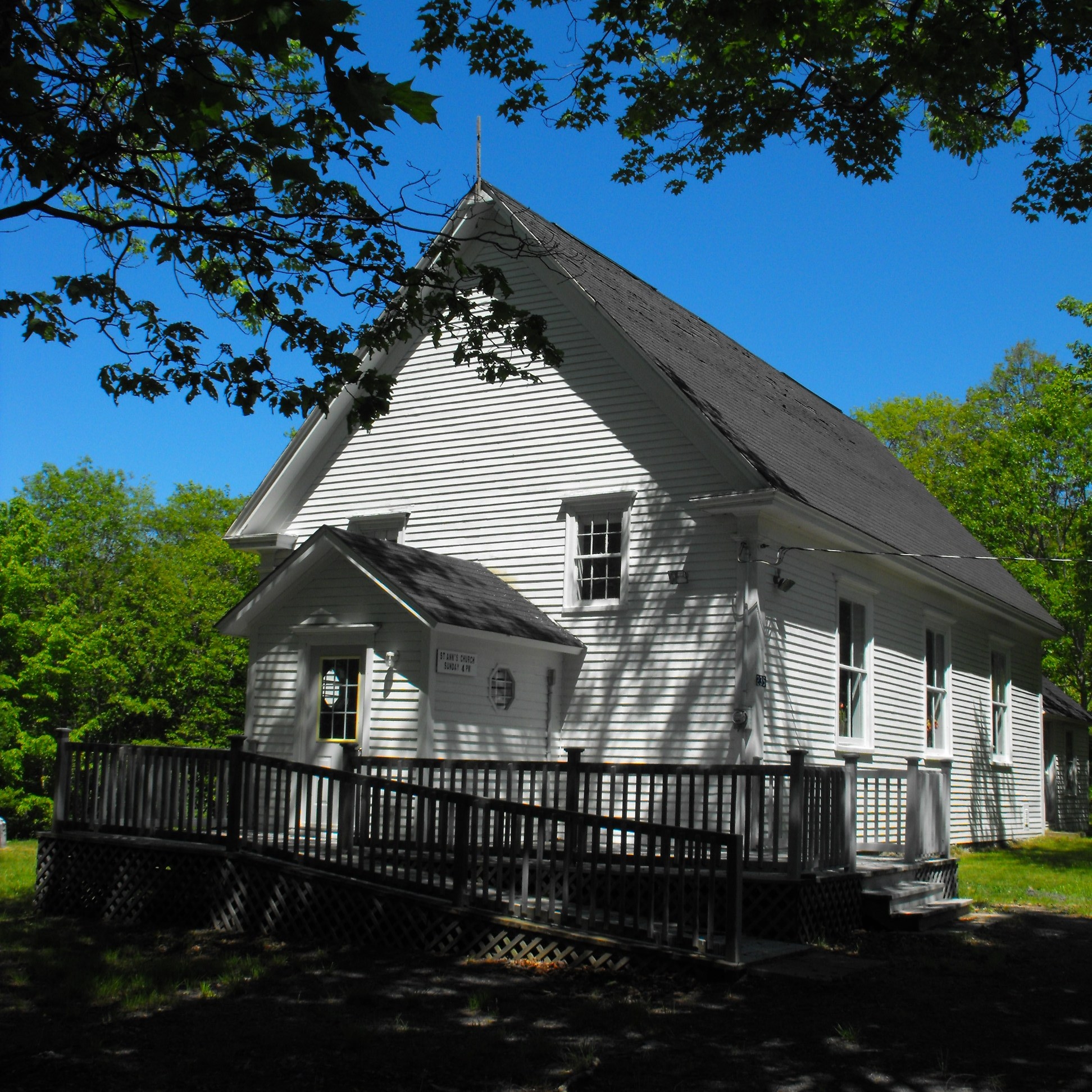Dartmouth, Nova Scotia, metropolitan area, population (including Cole Harbour) 96,165 (2021 census), 92,301 (2016 census). Dartmouth is located on the eastern side of Halifax Harbour in the Halifax Regional Municipality (incorporated in 1996).
Settlement
Founded in 1750, Dartmouth developed slowly. Its early importance was to supply farm produce to Halifax. Dartmouth’s agricultural base was later diversified. This diversification began in 1826 with construction of the Shubenacadie Canal system. The canal was intended to connect Halifax Harbour with the Bay of Fundy. While the scheme didn’t work, the availability of waterpower led to the establishment of some light industry by the mid-century.
Development
A sugar refinery and an oil refinery were developed in Dartmouth in 1883 and 1916 respectively. However, rapid development did not begin until after the Second World War. A ferry service crossing Halifax Harbour has operated since 1752. However, the completion of the first cross-harbour bridge in 1955 greatly facilitated access from Halifax. A second bridge opened in 1970. This coincided with the expansion of several existing industries. It also resulted in a housing boom and new industrial development.
Economy
Since the 1970s, Dartmouth has taken advantage of geographic and economic factors to become the light industrial and commercial centre of the Maritimes. Burnside Business Park, opened in 1968, is the largest such complex in Atlantic Canada. It caters to sales and service as well as warehouse and distribution industries.
The Bedford Institute of Oceanography, a world-renowned research facility, is located in Dartmouth. A modern highway network circumvents the revitalized downtown core. It connects Dartmouth’s growing residential and industrial districts. Excellent medical, educational, recreational and shopping facilities make the metropolitan area a popular place in which to live and work.

 Share on Facebook
Share on Facebook Share on X
Share on X Share by Email
Share by Email Share on Google Classroom
Share on Google Classroom



